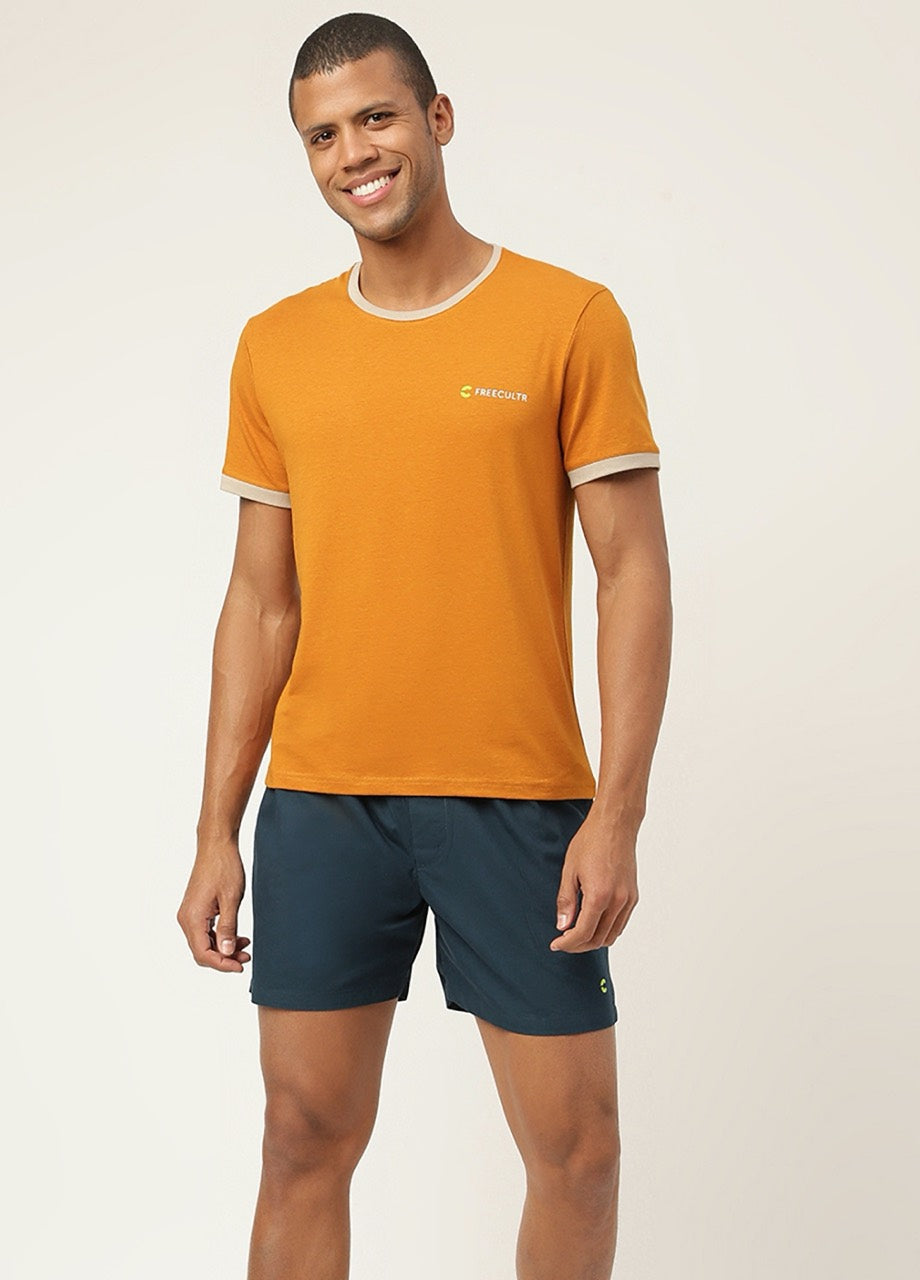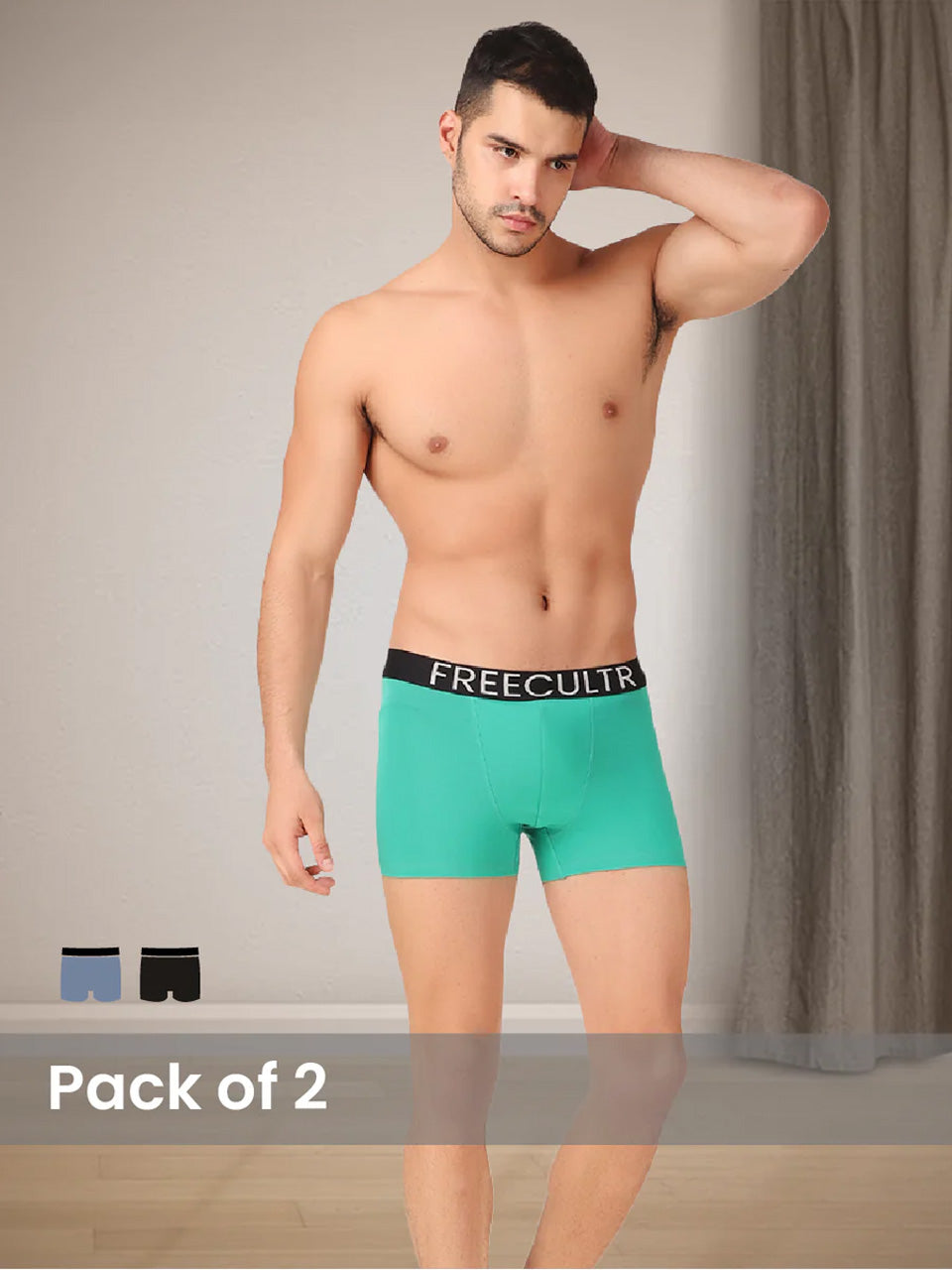Athletes and active individuals constantly battle discomfort during intense workouts, often due to ill-fitting activewear. Traditional designs frequently trap moisture, leading to chafing and reduced performance. We address this by engineering activewear focused on breathable design and chafe-free comfort. This involves strategically selecting moisture-wicking fabrics like micro-polyester blends and incorporating seamless construction techniques to minimize friction points. We'll explore how advanced knitting patterns, inspired by recent advancements in textile engineering, maximize airflow and enhance evaporative cooling. Our focus is not just on material science but also on ergonomic design principles that ensure a secure and comfortable fit, even during high-impact activities.

The Science of Breathable Fabrics
Breathability in fabrics refers to their ability to allow moisture vapor and air to pass through them. This is crucial in garments worn during physical activity or in warm weather, as it helps regulate body temperature and prevent the buildup of sweat, which can lead to discomfort and chafing. Several factors contribute to a fabric's breathability:- Fiber Type: Natural fibers like cotton, linen. Merino wool are inherently more breathable than many synthetic fibers. Their structure allows for better airflow and moisture absorption. But, advancements in synthetic fiber technology have led to materials like polyester and nylon with enhanced breathability through modified weaves and finishes.
- Yarn Structure: The way yarns are spun and twisted affects breathability. Loosely spun yarns create more space for air to pass through, while tightly spun yarns offer less ventilation.
- Weave or Knit: The construction of the fabric, whether woven or knitted, significantly impacts breathability. Knit fabrics, particularly those with open structures like mesh, are generally more breathable than tightly woven fabrics.
- Finishes and Treatments: Some fabrics are treated with finishes that enhance breathability, such as moisture-wicking treatments that draw sweat away from the skin. But, some finishes can also reduce breathability by clogging the pores of the fabric.
Understanding Chafing: Causes and Prevention
Chafing is a common skin irritation caused by repetitive friction, often exacerbated by moisture and salt from sweat. It occurs when skin rubs against skin or against clothing, leading to redness, burning. Even blisters. Several factors contribute to chafing:- Moisture: Sweat creates a damp environment that increases friction between skin and clothing, making chafing more likely.
- Repetitive Motion: Activities like running, cycling. Hiking involve repetitive movements that can cause friction in areas like the inner thighs, underarms. Nipples.
- Ill-fitting Clothing: Clothes that are too tight or too loose can rub against the skin, leading to chafing. Seams and tags can also contribute to friction.
- Skin Sensitivity: Some individuals have more sensitive skin and are more prone to chafing.
- Wear Moisture-Wicking Fabrics: Fabrics that draw sweat away from the skin help keep the area dry and reduce friction.
- Choose Seamless or Flat-Seam Clothing: Seamless garments eliminate potential friction points, while flat-seam construction minimizes rubbing.
- Apply Anti-Chafing Products: Balms, creams. Powders create a barrier between the skin and clothing, reducing friction. Products containing ingredients like petroleum jelly, silicone, or zinc oxide are particularly effective.
- Ensure Proper Fit: Choose clothing that fits snugly but not too tightly. Avoid loose clothing that can bunch up and cause friction.
- Stay Hydrated: Proper hydration helps regulate body temperature and reduce sweat production.
Key Design Elements for Chafe-Free Comfort
Creating garments that minimize chafing requires careful consideration of design elements. Here are some key features:- Seamless Construction: Eliminating seams reduces potential friction points. This can be achieved through techniques like knitting garments in one piece or using bonded seams.
- Flat-Seam Construction: When seams are necessary, using a flat-seam construction minimizes bulk and prevents rubbing. Flat seams lie flush against the skin, reducing friction.
- Tagless Design: Tags can be a significant source of irritation. Tagless designs, where details is printed directly onto the fabric, eliminate this problem.
- Strategic Panel Placement: The placement of fabric panels can affect comfort. For example, placing seams away from high-friction areas like the inner thighs can reduce chafing.
- Contoured Fit: Garments that are designed to fit the body's natural contours can minimize friction. A snug but not restrictive fit prevents the fabric from bunching up or rubbing against the skin.
- Soft, Smooth Fabrics: Choosing fabrics with a smooth surface and a soft feel can reduce friction and enhance comfort. Microfiber fabrics and fabrics with a brushed finish are particularly effective.
Material Matters: Comparing Fabrics for Breathability and Comfort
The choice of fabric is paramount when designing for breathability and chafe-free comfort. Here's a comparison of common fabrics:| Fabric | Breathability | Comfort | Chafe-Resistance | Pros | Cons |
|---|---|---|---|---|---|
| Cotton | Good | Excellent | Moderate | Soft, absorbent, natural fiber | Absorbs moisture, slow to dry |
| Polyester | Moderate (can be enhanced with treatments) | Good | Good | Durable, quick-drying, wrinkle-resistant | Less breathable than natural fibers |
| Nylon | Moderate (can be enhanced with treatments) | Good | Good | Strong, elastic, quick-drying | Less breathable than natural fibers |
| Merino Wool | Excellent | Excellent | Excellent | Breathable, moisture-wicking, odor-resistant | Can be expensive, requires special care |
| Spandex (Lycra) | Low (usually blended with other fibers) | Good | Excellent (when blended with other fabrics) | Provides stretch and support | Not breathable on its own |
| Bamboo | Excellent | Excellent | Good | Soft, breathable, sustainable | Can be more expensive than cotton |
Real-World Applications: Activewear and Beyond
The principles of breathable design and chafe-free comfort are applied in a wide range of garments, from activewear to everyday clothing. Here are some examples:- Running Apparel: Running shorts and shirts often feature moisture-wicking fabrics, seamless construction. Strategically placed panels to minimize chafing and maximize comfort.
- Cycling Shorts: Cycling shorts typically include a padded chamois made of moisture-wicking material to provide cushioning and reduce friction in the saddle area.
- Underwear: Breathable underwear made from fabrics like merino wool or moisture-wicking synthetics can help prevent chafing and discomfort, especially during physical activity or in warm weather.
- Shapewear: While often designed for compression, modern shapewear incorporates breathable fabrics and seamless construction to enhance comfort and prevent chafing.
- Medical Apparel: In medical settings, breathable and chafe-free garments can improve patient comfort and reduce the risk of skin irritation.
The Future of Fashion and Comfort: Innovations on the Horizon
The quest for ever-more breathable and chafe-free clothing is an ongoing endeavor, driven by technological advancements and consumer demand. Several innovations are on the horizon:- Smart Fabrics: Fabrics with embedded sensors that can monitor body temperature, sweat levels. Other physiological data could allow garments to dynamically adjust their breathability and moisture-wicking properties.
- 3D Printing: 3D printing technology could enable the creation of seamless garments with customized fit and ventilation, minimizing friction and maximizing comfort.
- Biomimicry: Studying natural systems, such as the structure of plant leaves or the skin of animals, could inspire new fabric designs and construction techniques that enhance breathability and reduce chafing.
- Sustainable Materials: Research into sustainable and biodegradable fabrics that offer both breathability and comfort is gaining momentum. Materials like seaweed fibers and mushroom-based textiles could offer eco-friendly alternatives to traditional fabrics.
- Personalized Garment Design: Using body scanning technology and artificial intelligence, garments could be designed and manufactured to perfectly fit an individual's body, minimizing friction and maximizing comfort.
Conclusion
The journey to breathable design and chafe-free comfort doesn't end here; it's a continuous evolution. We've explored how crucial fabric choice and construction are in achieving this goal. Now, let's look ahead. The future of innerwear is undoubtedly leaning towards personalized comfort. Expect to see advancements in fabric technology that adapt to individual body temperatures and activity levels. My personal tip? Don't be afraid to experiment with different styles and materials until you find what works best for your body. Remember, comfort is a personal experience. The next step is to actively seek brands prioritizing innovation and sustainable practices. Prioritizing breathability and eliminating chafing isn't just about immediate comfort; it's an investment in long-term well-being. Embrace the journey, prioritize your comfort. Never settle for anything less than extraordinary comfort.More Articles
Why Eco-Conscious Men Are Ditching Jockey for FreecultrHow Freecultr is Building a Cleaner, Greener Underwear Industry
Inside Freecultr’s Mission to Make Sustainability Stylish
Carbon-Conscious Comfort: How Freecultr Reduces Its Environmental Impact
FAQs
So, what exactly does 'brief – breathable design' even mean?
Good question! It means these briefs are cut in a way that's minimal – not too much fabric getting in the way – and made from materials that let air flow. Think less swampiness, more breezy comfort. It's all about keeping you cool and dry down there.
Okay, 'chafe-free comfort' sounds amazing. How do they actually achieve that?
It's a combination of things! Usually, chafe-free briefs have flatlock seams (those seams that lie super flat against your skin) and are made from smooth, soft fabrics. Less friction equals less irritation, especially during workouts or hot days.
Are these briefs only for working out, or can I wear them every day?
Totally everyday-wearable! While the breathable and chafe-free aspects are great for exercise, they're equally awesome for just going about your day. Think of it as upgrading your underwear game for all occasions.
What kind of materials are we talking about here? Are they going to shrink in the wash?
You might be wondering about that! Usually, these briefs are made from moisture-wicking materials like microfiber blends, modal, or even merino wool. Check the care instructions. Pre-shrunk fabrics are pretty common these days. A cold wash and low tumble dry (or air drying) is your friend!
Will they ride up? That's my biggest underwear pet peeve!
That's a valid concern! A good design will include features like stay-put leg openings or a snug but not-too-tight fit to minimize riding up. Look for those details when you're shopping.
Are 'brief - breathable design & chafe-free comfort' underwear more expensive?
They might be a little pricier than your basic cotton briefs. The increased comfort and durability often make them worth the investment. Plus, you can often find good deals if you shop around!
Do they come in different styles? I'm not a huge fan of really brief briefs.
Absolutely! 'Brief' doesn't necessarily mean super skimpy. You can find them in low-rise, mid-rise. Even high-rise styles to suit your preferences. Just look for the features – breathable material and chafe-free construction – regardless of the rise.






